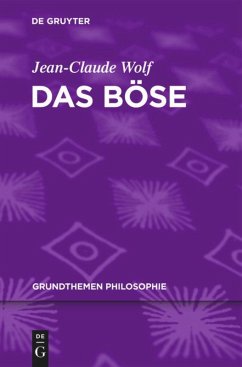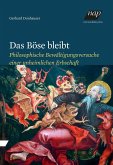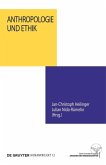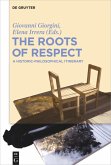The evil - â??das Böseâ? - stands for dreadful deeds and neglect. Its symbolism is that of the impure, the dark and the inferior. It takes hold through habits and institutions, in collective collaboration, in exclusion and marginalization, excessive punishments and despotism. Evil is also rife in the â??war against evilâ?. As well as the means of prevention, a broad spectrum of reflection and consideration is also devoted to past evil in the form of remembering, guilt and remorse. As responses to evil, reprimand and punishment are two-edged weapons. Corrective measures are considered, such as moderate and constructive egoism, rather than "solutions" to eliminate evil.
Im ersten Teil werden die Anfänge und Verzweigungen des Bösen dargestellt. Das Böse beschreibt schreckliche Taten und Unterlassungen und verweist auf eine Symbolik des Unreinen, Dunklen und Inferioren und auf die harten Realitäten von Knappheit und Konkurrenz; es spiegelt sich in Lasterkatalogen und in Ausdrucksformen des Neids, der Grausamkeit, des Hasses, der Zerstörungslust und des Fanatismus wider. Im zweiten Teil geht es um Formen der Etablierung des Bösen durch Gewohnheiten und Institutionen, um das Böse in kollektiver Mitwirkung, in der Exklusion und Marginalisierung, exzessiven Strafen und in der Despotie. Es gibt böse Gegenden und Anziehungspunkte und böse Zeiten wie Kriege. Administrative Massentötung richtet sich gegen Menschen und Tiere, das Böse wuchert auch im "Krieg gegen das Böse". Im dritten Teil werden Gegenkräfte des Bösen untersucht: Neben den präventiven Mitteln gibt es auch ein weites Spektrum der Nachverarbeitung des vergangenen Bösen durch angemessene Erinnerung, Schuldgefühle und Reue. Tadel und Strafe sind zweischneidige Antworten auf das Böse. Problematisch ist auch das Programm einer Umerziehung der menschlichen Natur. Anstelle von "Lösungen" zur Elimination des Bösen werden Korrektive wie z.B. ein moderater und konstruktiver Egoismus erwogen.
Im ersten Teil werden die Anfänge und Verzweigungen des Bösen dargestellt. Das Böse beschreibt schreckliche Taten und Unterlassungen und verweist auf eine Symbolik des Unreinen, Dunklen und Inferioren und auf die harten Realitäten von Knappheit und Konkurrenz; es spiegelt sich in Lasterkatalogen und in Ausdrucksformen des Neids, der Grausamkeit, des Hasses, der Zerstörungslust und des Fanatismus wider. Im zweiten Teil geht es um Formen der Etablierung des Bösen durch Gewohnheiten und Institutionen, um das Böse in kollektiver Mitwirkung, in der Exklusion und Marginalisierung, exzessiven Strafen und in der Despotie. Es gibt böse Gegenden und Anziehungspunkte und böse Zeiten wie Kriege. Administrative Massentötung richtet sich gegen Menschen und Tiere, das Böse wuchert auch im "Krieg gegen das Böse". Im dritten Teil werden Gegenkräfte des Bösen untersucht: Neben den präventiven Mitteln gibt es auch ein weites Spektrum der Nachverarbeitung des vergangenen Bösen durch angemessene Erinnerung, Schuldgefühle und Reue. Tadel und Strafe sind zweischneidige Antworten auf das Böse. Problematisch ist auch das Programm einer Umerziehung der menschlichen Natur. Anstelle von "Lösungen" zur Elimination des Bösen werden Korrektive wie z.B. ein moderater und konstruktiver Egoismus erwogen.








